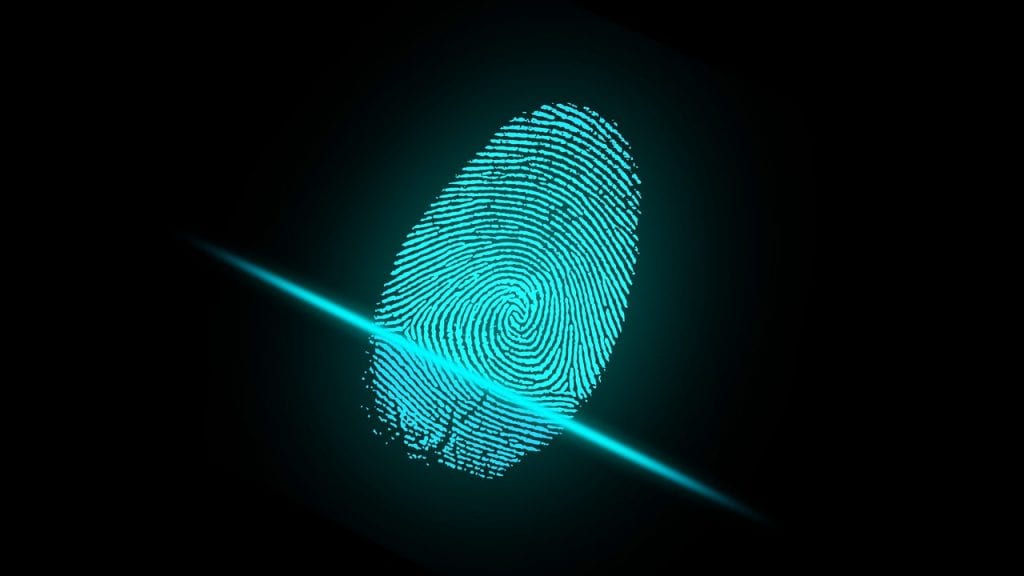This article in Digital Trends covers the announcement that MasterCard has developed a method by which cardholders can register their fingerprint onto the biometric card at home, eliminating a visit to the bank branch. The benefits of this solution for the issuer are hard to understand:
“Mastercard wants to help everyone move beyond traditional passwords with the introduction of a new sleeve for its biometric fingerprint scanning bank cards that allows for remote authentication of a user’s identity. The new battery-powered sleeve will mean that anyone can sign up to the biometric authentication scheme from their own home, without needing to go to a bank branch to verify their identity.
Often the weakest link in any security chain are the people involved. Whether we forget our passwords or use ones that are far too simple, it’s often easy for nefarious individuals to steal identities and the money associated with them. Using a password manager is great, but biometric authentication is something that Mastercard believes can be even more impactful, moving customers from a system of “what they know,” to “what they are.”
The biometric Mastercard cards were first trialed in early 2017 in select territories and reportedly worked rather well. They incorporated a fingerprint scanner in the card itself, which received remote power from the terminal when plugged in for payment. With no data connection, the cards compare the fingerprint with a digital imprint stored on the card itself, making remote attacks impossible.
What Mastercard now hopes to do with a wider roll out though, is make it easier for card owners to get on board with the new system. Instead of having to visit their local banking branch to register their thumbprint, Mastercard’s new “sleeve,” means they can do it from the comfort of their own home. The sleeve itself is battery powered and allows the card to scan the user’s fingerprint, before storing it on an encrypted digital template for later authentication.
Mastercard sees this as a cost-effective way of encouraging adoption of the new biometric verification feature, without having to add new equipment to banking branches around the world, nor give staff new training to help facilitate registration. Instead, the card owners themselves can complete the pre-authentication sign up process.”
EMV has reduced fraud at the POS significantly. It is questionable if lowering fraud another few basis points at the POS will produce sufficient savings to make the cost of a battery-powered sleeve and a fingerprint enabled card sustainable. We also wonder what new onboarding process the sleeve enables, but that’s not explained.
Lastly, this is described as a MasterCard technology but doesn’t identify what card manufacturers will make this technology available to issuers, and of course, at what cost?
Overview by Tim Sloane, VP, Payments Innovation at Mercator Advisory Group
